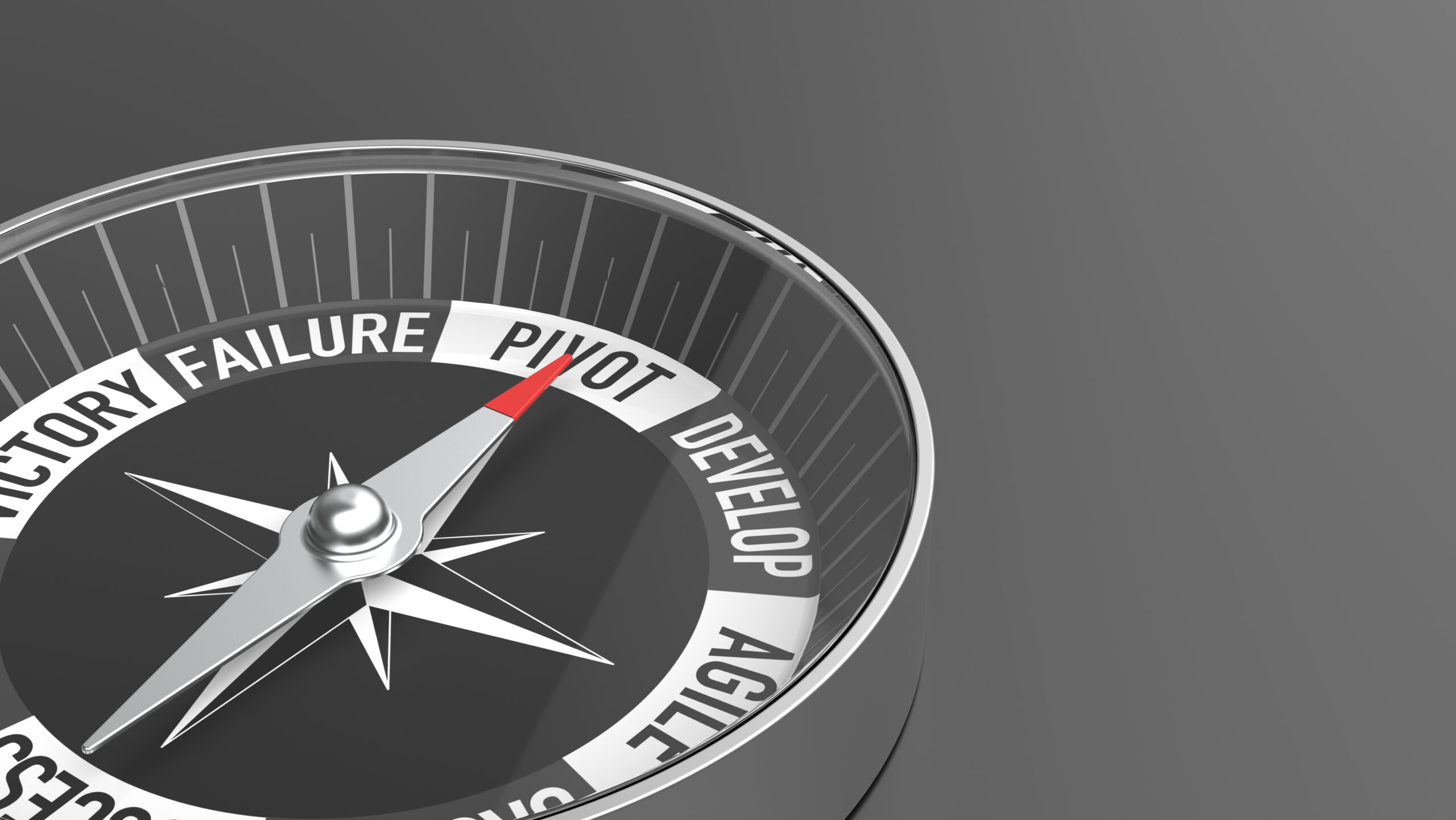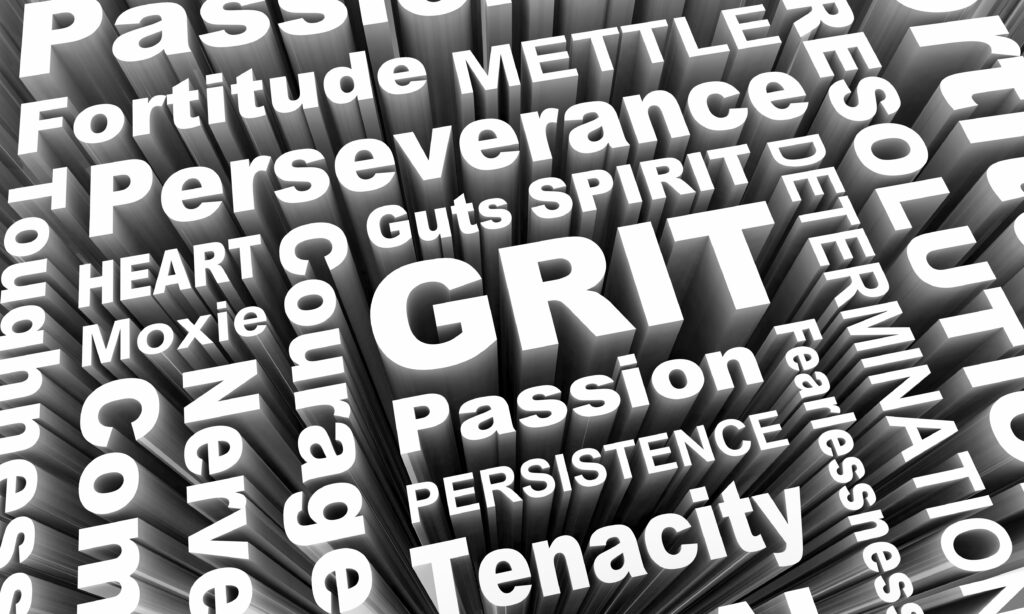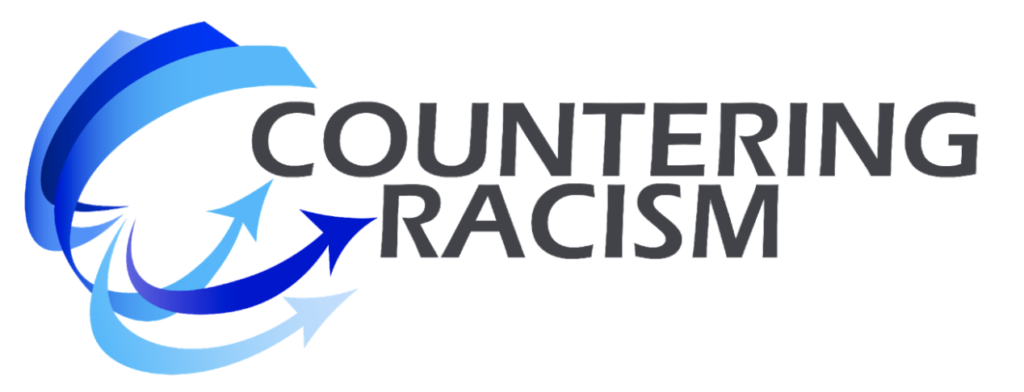PHASE II – The Leadership Pivot
Phase II is different than Phase I because the challenges change significantly as DEI initiatives roll out. Phase II builds on and complements Phase I. It is critical to make the leadership pivot, but it can look like “common sense” and even be relatively seamless. It does not need to cause a lot of disruption.
- Define the “Why”?
- Determine the “How.” Corporate change roles and core strategies put in place to support the DEI initiative
- Establish the C-Suite commitment to leading and put the senior level leadership web in place.
- Identify the high leverage areas of focus for Phase II leadership – targeted focus, particularly on operations and tougher goals
- Focus on the extended web of leadership for Phase II and ensure that it is supported
- Revise the change leadership roles and core strategies to match Phase II challenges

Comparing Phase I and Phase II Leadership
Leadership Themes and Goals
Phase I Leadership Theme: Create the right design and launch the initiative effectively. This is the classic change leadership phase where the case is made for change, the vision is created, the organizational design elements are defined, the leadership web is established, and plans for guiding the change are put in place. Executive leadership is the critical leadership level.
Phase I Leadership Goal: “Engage people and move the needles.” This is the phase where people are engaged and aligned on direction, momentum is created, competencies are built, and initial outcomes are achieved.
Phase II Leadership Theme: “Hold the course and drive it home.” Phase II must assess where the organization is on the path and what leadership must do to ensure success as plans meet reality. The leadership roles and core strategies are revised and executed.
Phase II Leadership Goal: “Maintain direction and energy and continue to move the needles.” Phase I will realize some of the desired outcomes, but it can only “move the needles” so far. Phase II must focus on the leverage to continue to move the needles, with a likely focus on embedding the HR related goals and focusing on the business-oriented goals, such as innovation, market penetration, team-work, cross-boundary collaboration, etc.

Phase II Leadership Focus - 7 Critical Success factors
There are seven key areas of focus for leadership and each area has a set of guiding questions to help determine the highest leverage leadership activities for Phase II (guiding questions are included in the downloadable PDF).
1. Increase the Focus on Operations
Phase I is usually approached more as a strategic initiative with activities that extend across the organization or community. Phase II adds more of a focus on the day-to-day on-the-ground reality. Phase I doesn’t ignore the operational focus, but that focus needs to increase significantly in Phase II.
2. Push Responsibility Further Out in the Leadership Web
In Phase II the operational and natural leaders must take on more leadership – while the C-Suite continues to consciously “model the way”, remove barriers, ensure resources are allocated, and track accountability (particularly fast cycle learning and response). New leaders can be brought into the effort and the web can be supported and renewed (leadership webs naturally fray over time).
3. Identify the High Leverage Points for Leadership Impact
Phase II is based on finding the highest leverage points for “holding the course” and achieving the desired ROI – the greatest opportunities, strong leadership, choke points stopping progress, successes to build on, etc. Phase I usually has an enterprise-wide focus. Phase II must focus on where the leverage is to continue to move the needles, embed progress, and ensure sustainability.
4. Focus on the Tougher Goals
Significant benefits can be achieved in Phase I, but many of the most valuable benefits are deceptively hard to achieve and take time and increasingly targeted actions. This is particularly true of specific business benefits that are often tougher to quantify and achieve, for example goals focused on innovation, decision-making, market penetration, cross-boundary collaboration, etc.
5. Focus on Organization Design for Integration and Sustainability
Organization design will have been a focus in Phase I and it needs to continue to be a focus in Phase II (including outcomes, strategy, and the required organizational architecture). Phase II focuses on embedding and integrating Phase I progress, pursuing the tougher more resistant goals, and ensuring that all progress is sustainable. Being disciplined in Phase II about organization design is essential.
6. Ensure that Leadership Roles and Core Strategies are Revised to Match Phase II Challenges
The themes and goals of Phase I and Phase II are complementary – if leadership makes the required pivot from Phase I to Phase II leadership. Fortunately, the pivot in leadership can be almost seamless if well communicated and executed. The leadership roles and strategies need to be reviewed and revised to match the specific challenges targeted in Phase II, but there can be a lot of continuity.
7. Focus on “Dynamic Accountability” - Track and Respond to Maintain Direction and Energy
The key to Phase II is to conduct frequent and informal “dynamic accountability” check-ins to complement formal accountability systems. These frequent and informal check-ins ensure that the initiative stays on track, that key learning and responses happen quickly, and that energy is maintained or renewed. There are three key questions to be asked in these check-ins.
- What do we have to celebrate – goal achievements, progress, worthy efforts – individual, group/team and organization or community-wide?
- What have we learned – about DEI, about leadership and change, about ourselves, etc.?
- What do we want to keep doing, start doing, or stop doing – calibrating action?
“Permanence, perseverance, and persistence in spite of all obstacles, discouragements, and impossibilities:
It is this that in all things distinguishes the strong soul from the weak.”
Thomas Carlyle
